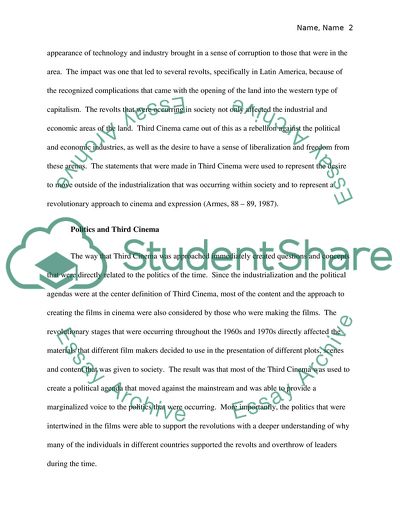Cite this document
(The Use of Film as a Medium for Voices Represented by Third Cinema Research Paper, n.d.)
The Use of Film as a Medium for Voices Represented by Third Cinema Research Paper. Retrieved from https://studentshare.org/media/1736808-representing-difference
The Use of Film as a Medium for Voices Represented by Third Cinema Research Paper. Retrieved from https://studentshare.org/media/1736808-representing-difference
(The Use of Film As a Medium for Voices Represented by Third Cinema Research Paper)
The Use of Film As a Medium for Voices Represented by Third Cinema Research Paper. https://studentshare.org/media/1736808-representing-difference.
The Use of Film As a Medium for Voices Represented by Third Cinema Research Paper. https://studentshare.org/media/1736808-representing-difference.
“The Use of Film As a Medium for Voices Represented by Third Cinema Research Paper”, n.d. https://studentshare.org/media/1736808-representing-difference.


